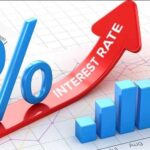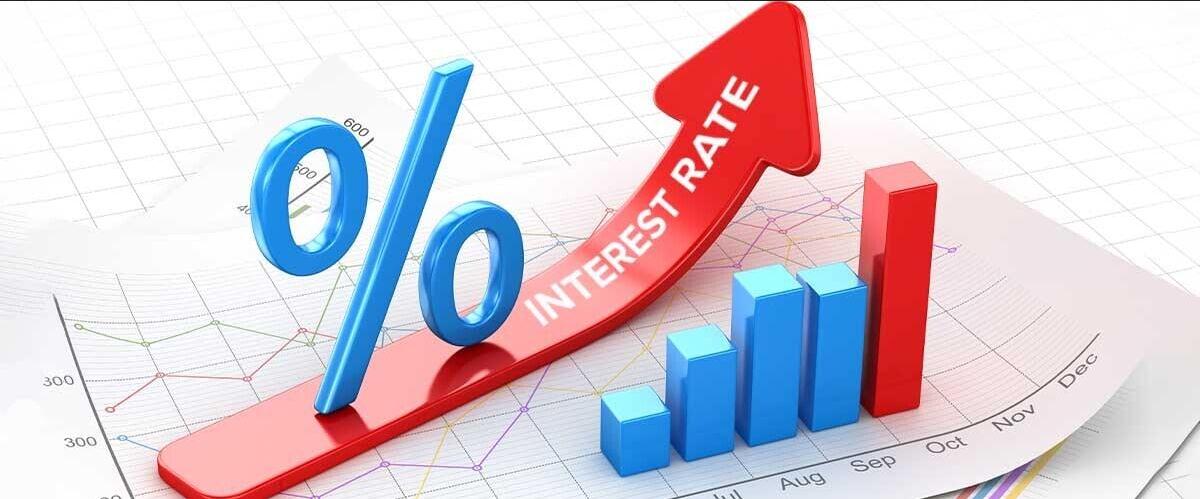Aggregate demand is an economic measure of the total amount of goods for all final products and services that have been produced in an economy. Aggregate demand is expressed as the total amount of money exchanged for these goods and services at a specific price level and at a certain point in time.
Understanding aggregate demand
Aggregate demand represents the total demand for goods and services at any price in any period of time. Long-term aggregate demand is equivalent to gross domestic product, because the two measures are calculated in the same way. GDP represents the total amount of goods and services produced in an economy, while aggregate demand is the demand or desire for these goods . As a result of the same calculation models, aggregate demand and gross domestic product decline or increase at the same time.
Technically speaking, aggregate demand only equals GDP in the long run after adjusting for the price level. This is because in the short term, aggregate demand measures total production for a nominal price where this price is not adjusted for inflation. Other variations in the calculation may occur depending on the methodology used and its components.
Aggregate demand consists of all consumer goods and capital goods (businesses and equipment), exports, imports, and government spending programs. The variables are all considered equal to the extent that they are all traded at the same market price.
Calculating aggregate demand
The equation for aggregate demand adds the amount of consumer spending, private investment, government spending, and net exports and imports. The formula is shown as follows: DA = C + I + G + En
C = consumer spending on goods and services
I = Private investment and corporate spending on non-final production goods (companies, equipment, etc.).
G = Government spending on public goods and social services (Infrastructure, health, etc.)
En = Net exports (Exports minus imports.
The aggregate demand formula described above is also used by the Bureau of Economic Analysis to measure Gross Domestic Product in the United States.
If one wants to represent aggregate demand graphically, the aggregate amount of goods and services demanded is represented by the horizontal X in the Cartesian plane, and the overall price of the basket of goods and services is represented by the vertical Y.
The aggregate demand curve, like most demand curves, comes from left to right and down.
Demand increases or decreases along the curve as prices increase or decrease. Also, the curve can shift due to changes in the money supply, or decrease due to tax rates.
Factors affecting aggregate demand
The following are some of the key economic factors that can affect aggregate demand in an economy.
Changes in the interest rate.
Whether interest rates rise or fall, they will affect the decisions that consumers and businesses make. Low interest rates will lower borrowing costs for high-value items such as appliances, vehicles, and homes. Also, companies will be able to borrow money at lower interest rates, which causes capital spending to increase.
On the other hand, high interest rates increase the cost of borrowing for consumers and companies. As a result, spending tends to decrease or grow at a lower rate, depending on the extent of the increase in interest rates.
Income and wealth
As household wealth rises, aggregate demand also increases. Conversely, a decrease in wealth tends to result in lower aggregate demand. Increases in personal savings will also lead to lower demand for goods and services, which tends to happen during recessions. When consumers feel that the economy is doing well, they tend to spend more, leading to a decline in savings.
Changes in inflation expectations
When consumers feel that inflation will increase and that prices will rise, they will tend to make more purchases, which leads to an increase in aggregate demand. But if consumers believe that prices will fall in the future (deflation), aggregate demand will also tend to fall.
Changes in the exchange rate or value of money
If the value of the US dollar falls (or rises), imported goods will be more (or less) expensive. Meanwhile, goods manufactured in the United States will be cheaper (or more expensive) for international markets. The demand a. therefore, it will increase (or decrease).
Economic conditions of aggregate demand
The financial crisis of 2008 and the Great Recession that began in 2009 have had a severe impact on banks, due to the amounts of loans that remained unpaid. As a result, banks reported extensive losses leading to a credit contraction, and which contributed to a significant drop in aggregate demand.
With less money in the economy, business spending and investment fell, which meant that fewer investments were made in capital goods such as infrastructure, business equipment, software, among others, during the years 2008 and 2009.
With businesses suffering from less access to capital and fewer sales, they began laying off workers. During this period there is an increase in unemployment. Simultaneously, the GDP contracted in 2008 and 2009, which means that the total production of the economy contracted during that period.
The result of an economy going through a bad time and growing unemployment was a drop in personal consumption or consumer spending. Personal savings increased as people saw that the future was uncertain and there was instability in the financial system.
Controversies
As we saw in the economic crisis of 2008 and 2009, aggregate demand fell. However, there is much debate among economists about whether aggregate demand slowed, leading to lower growth or a contracted GDP. Whether aggregate demand leads to growth or vice versa is an economic version of the old dilemma of which came first, the chicken or the egg?
Driving demand also drives the size of the economy when measured by GDP. However, this does not prove that an increase in aggregate demand creates economic growth. Since GDP and aggregate demand share the same calculation, the increase in GDP only echoes the increase in aggregate demand. The equation does not show what is the cause and what is the effect.
The relationship between growth and aggregate demand has been one of the most debated topics in economic theory for many years.
Early economists theorized the hypothesis that production is the source of demand. The 18th century economist Jean-Baptiste Say stated that consumption is limited by productive capacity and that social demands are essentially unlimited, a theory known as Say’s Law.
Say’s law had great influence until the 1930s, with the arrival of the theories of the British economist John Maynard Keynes. Keynes argued that demand causes supply to increase. Placing demand as the basis of economic growth, Keynesian macroeconomics has since believed that stimulating demand stimulates growth. According to this theory, the total output of an economy is driven by the demand for goods and services and is fueled by the money spent on these goods and services. In other words, producers look for higher spending levels as an indicator to increase their production.
Keynes viewed unemployment as a product of insufficient aggregate demand because wage levels did not adjust downwards sufficiently to compensate for a reduction in spending. He believed that the government could spend more money and increase aggregate demand until the economic resources of society, including workers, were brought into action.
Other schools of thought, notably the Austrian school and business cycle theorists, listen again to Say. They declare that consumption is only possible after production. This means that an increase in production will lead to an increase in consumption, and that the opposite path will not occur. Any attempt to increase spending instead of strengthening sustained production only causes poor distribution of wealth or high prices, or both.
Keynes, for his part, argued that individuals could end up ending production if they reduced their expenses by hoarding money. Other economists argue that savings may have an impact on prices, but that they did not necessarily change capital accumulation, output, or future output. In other words, the effect of individual saving money – more capital available for business – did not disappear with less spending.
Limitations of the measure
This measure is useful in determining the overall strength of consumers and businesses in an economy. Since aggregate demand is measured by market values, it only represents total production at a given price level, and does not necessarily represent the standards or quality of life of a community.
Also, aggregate demand measures different economic transactions between millions of individuals and for different purposes. As a result, it can be challenging when trying to determine causality of demand and apply regression analysis, both of which are used to determine how many variables and factors influence demand and to what extent.











